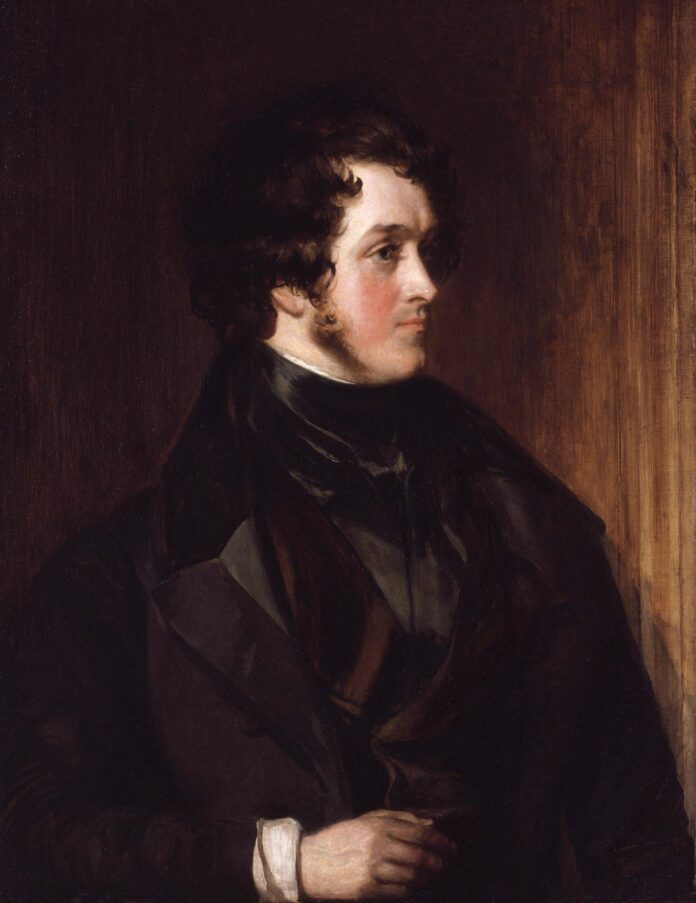In the annals of literary history, certain figures have left an indelible mark on the landscape of storytelling, captivating readers with their imaginative narratives and evocative prose. Among these literary pioneers stands William Harrison Ainsworth, a 19th-century English novelist, whose contributions to the realm of gothic and historical fiction have been overshadowed by his contemporaries. In this article, we delve into the life, works, and enduring legacy of William Harrison Ainsworth, shedding light on a writer whose talent deserves rediscovery.
Born on February 4, 1805, in Manchester, England, Ainsworth displayed an early affinity for literature and storytelling. His voracious reading habits fueled his imagination, and by his teenage years, he began penning poems and essays. He pursued a legal career, but his passion for writing led him to publish his first novel, “Sir John Chiverton,” in 1826. Although not an instant success, this marked the beginning of Ainsworth’s journey as a novelist.
In the early 1830s, Ainsworth’s literary career took a significant turn with the publication of “Rookwood” in 1834. This novel, heavily influenced by the gothic tradition, introduced readers to the thrilling adventures of the highwayman Dick Turpin. The macabre and suspenseful narrative struck a chord with the Victorian public, establishing Ainsworth as a prominent figure in the Gothic Revival movement.
Building on the momentum of “Rookwood,” Ainsworth delved further into historical romances. “Crichton” (1837), “Jack Sheppard” (1839), and “Guy Fawkes” (1841) were just a few of the novels that followed, each immersing readers in vivid historical settings and characters. Ainsworth’s ability to blend fact and fiction, historical accuracy, and melodrama contributed to his widespread popularity during the mid-19th century.
Ainsworth’s literary prowess earned him a place in literary circles and the Royal Society of Literature. He was also a founding member of the private literary society, The Windsor Faction, which included esteemed writers like Charles Dickens and William Makepeace Thackeray. Although his association with Dickens was influential, Ainsworth’s distinct style and thematic explorations set him apart from his contemporaries.
Despite his significant influence during his lifetime, Ainsworth’s literary legacy faded as the 19th century came to a close. His works were overshadowed by those of Dickens and Thackeray, and critical opinions varied on the depth of his literary contributions. Nevertheless, Ainsworth remained an active writer throughout his life, producing over 40 novels, various non-fiction works, and contributing to literary magazines.
William Harrison Ainsworth’s literary journey was one of creativity, innovation, and perseverance. His talent for blending historical facts with thrilling narratives and gothic elements set him apart as a true literary pioneer of the 19th century. While overshadowed by his more renowned contemporaries, Ainsworth’s works deserve to be rediscovered and appreciated for their contributions to the genres of gothic and historical fiction. As we reflect on Ainsworth’s enduring legacy, we honour a writer who fearlessly crafted tales of adventure, intrigue, and mystery, leaving an impression on the literary world that transcends the passage of time.

